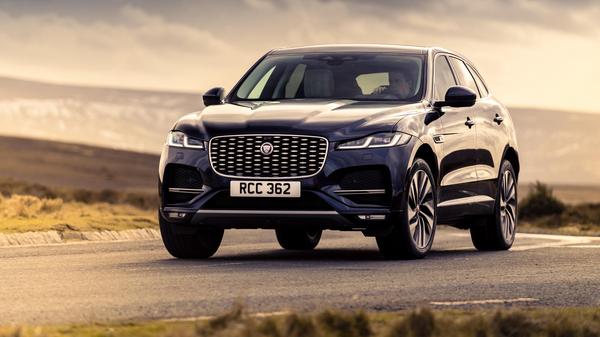Jaguar F-Pace PHEV SUV (2021 - ) review
With powerful performance and tax-busting running costs the new plug-in hybrid version of the updated F-Pace could be the smart choice
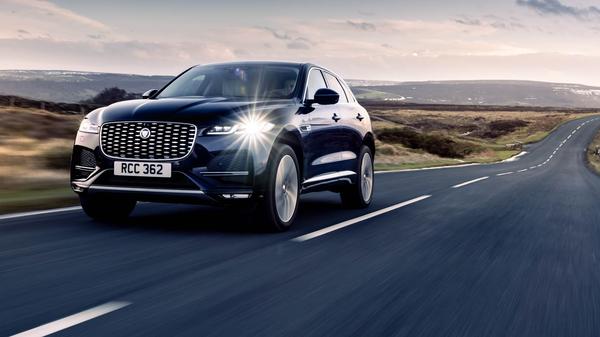

Words by: Dan Trent
Published on 10 March 2021 | 0 min read
The Autotrader expert verdict:
Jaguar’s F-Pace is a stylish SUV and has been updated with a range of new petrol and diesel engines, some including so-called mild hybrid technology (or MHEV, in the jargon) to improve efficiency. There is also a new plug-in hybrid version (or PHEV), which we’re looking at in isolation here on the basis part-electrification is a necessity for many buyers wanting to keep running costs manageable on cars of this type. With over 400 horsepower the F-Pace P400e hybrid has a performance edge over rivals like the Mercedes-Benz GLC, Audi Q5 and BMW X3 and is cheaper than the related Range Rover Velar, which is available with the same engine. For our Expert Review on the rest of the F-Pace range click here.
Reasons to buy:
- Beautiful interior
- Lots of space
- Excellent performance
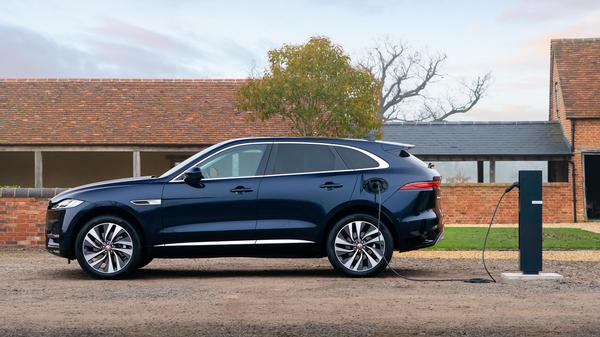
Running costs for a Jaguar F-Pace PHEV SUV
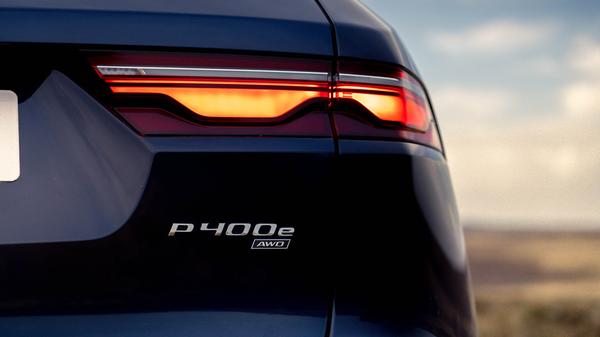
Reliability of a Jaguar F-Pace PHEV SUV
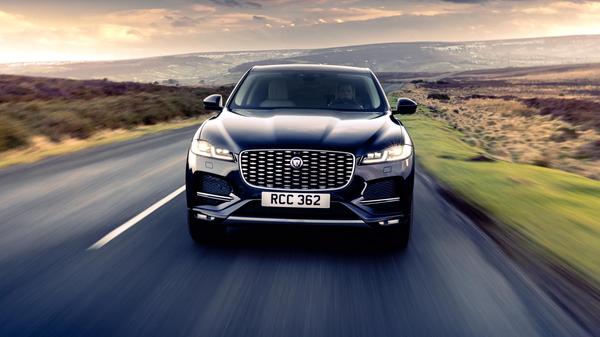
Safety for a Jaguar F-Pace PHEV SUV
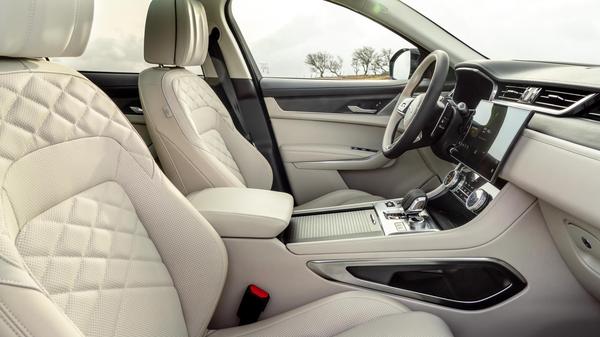
How comfortable is the Jaguar F-Pace PHEV SUV

Features of the Jaguar F-Pace PHEV SUV
